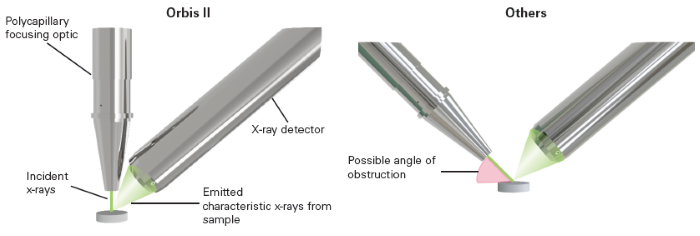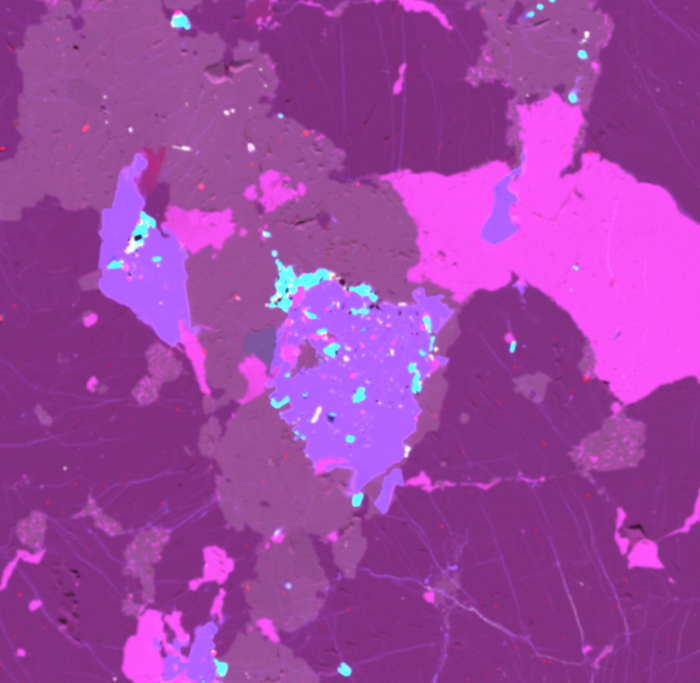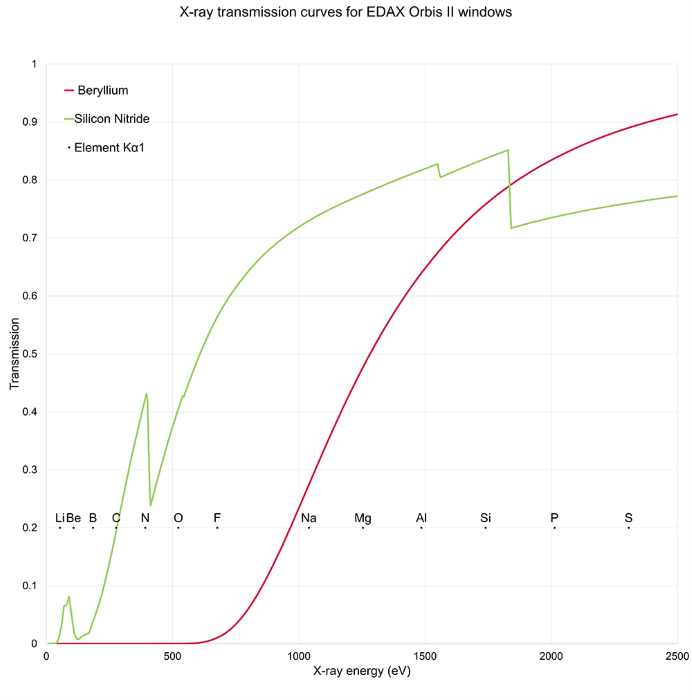The EDAX® Orbis™ II micro-XRF system delivers high-performance, non-destructive elemental analysis with outstanding flexibility and ease of use. Built for excellence across the full range of micro-XRF applications, the Orbis II enables users to analyze everything from the smallest particles to large, complex samples—quickly and accurately.
Discover what’s possible with the EDAX Orbis II—bringing together precision engineering and high-performance results.
Benefits
- Custom X-ray window technology allows for the detection of light elements
- The proprietary coaxial light and X-ray optics accurately target particular locations, reducing X-ray interference from nearby areas
- Maximizes throughput by capturing spectra 2.5× faster and generating spectral maps over 3× faster than the Orbis I
- Streamlines operations with programmable autorun routines to increase efficiency and assure consistent, high-quality outcomes
At the core of the Orbis II is its patented orbital turret, now upgraded with a precision positioner that effortlessly aligns the X-ray optical axis with the high-magnification view of your sample. Combined with adjustable spot sizes (from 2 mm down to 30 μm) this advanced system ensures X-rays are focused exactly where they need to be, eliminating errors caused by microscope misalignment or sample height variations.
Built on the trusted Orbis platform, the Orbis II delivers the same proven performance and reliability, now with even greater accuracy and control, giving you the confidence to analyze with precision every time.
The Orbis II raises the bar for speed and efficiency in micro-XRF analysis. Featuring a high-intensity X-ray source, upgraded electronics, and a larger X-ray detector, it collects over 1 million counts per second from the sample and processes more than 450,000 counts per second—the result: spectral data acquisition that’s over 2.5× faster than the previous generation.
Improved stage mapping and optimized motion control reduce stage movement time by a factor of 3 to 4, enabling faster, more efficient scanning. These enhancements deliver higher-quality data in less time so that you can analyze more samples each day and keep your lab operating at peak productivity.

Figure 1. The Orbis II leverages a patented orbital turret to seamlessly align the X-ray optical axis with the high-magnification view of your sample. Image Credit: Gatan, Inc.
The Orbis II is available in two models: Plus and Super.
The Orbis II Plus features a 30 mm2 X-ray detector with a patented silicon nitride window and delivers up to 250,000 counts per second (cps).
The Orbis II Super comes equipped with a 70 mm2 X-ray detector and a beryllium window, offering a maximum throughput of 450,000 cps. For added flexibility, the Super model is also available with a silicon nitride window option—allowing you to tailor the system to your specific analytical needs.
To complement the hardware, Orbis Vision II is a next-generation software platform built for speed, simplicity, and precision. Its modern, intuitive interface streamlines every step, from imaging and elemental analysis to mapping, quantification, and report generation, making complex workflows faster and easier with fewer clicks.
Developed through extensive user testing and real-world input, Orbis Vision II offers a smarter, more responsive experience that helps you move from setup to results faster than ever.

Figure 2. This 15 mm x 15 mm floor tile was scanned using a 50 kV tube voltage and 1,000 μA tube current. A 30 μm polycapillary optic enabled high resolution mapping at a 15 μm step size and 200 ms pixel time. Image Credit: Gatan, Inc.

Figure 3. A graph showing the transmissions curves for the two different window options for the EDAX Orbis II. The beryllium window (red) shows higher transmission at higher x-ray energies, while the silicon nitride window (green) performs better at lower x-ray energies. Image Credit: Gatan, Inc.